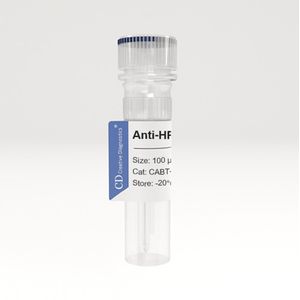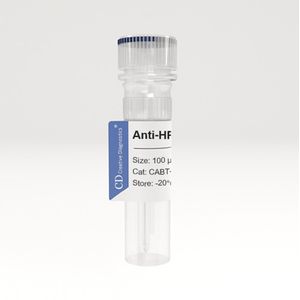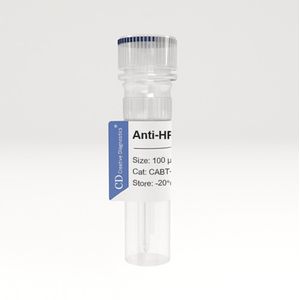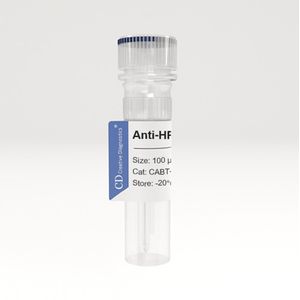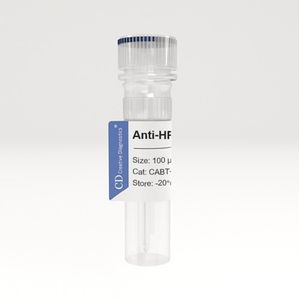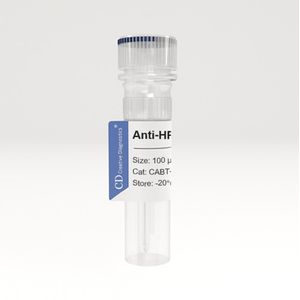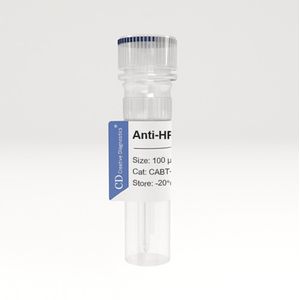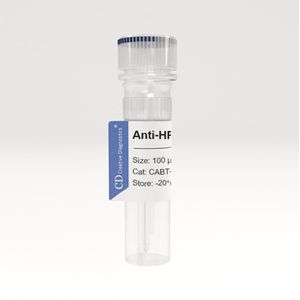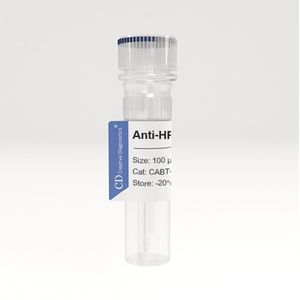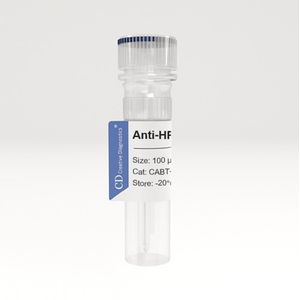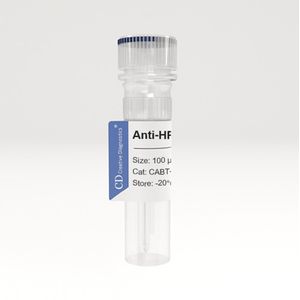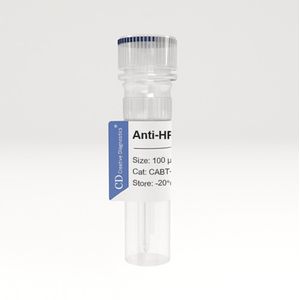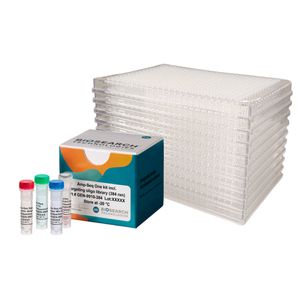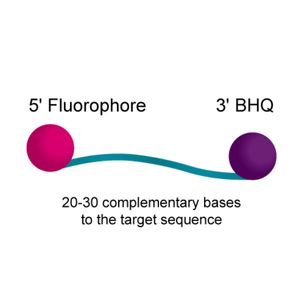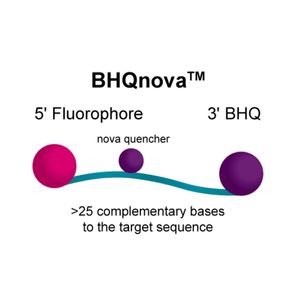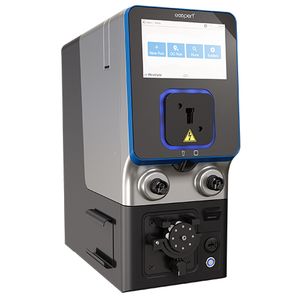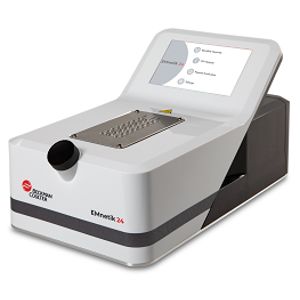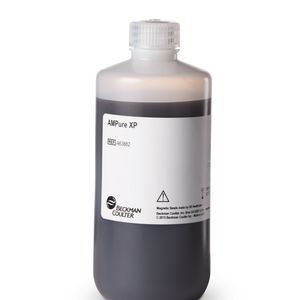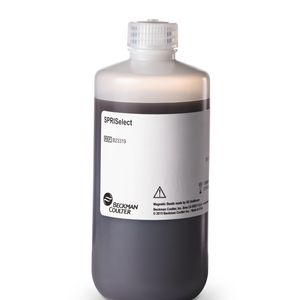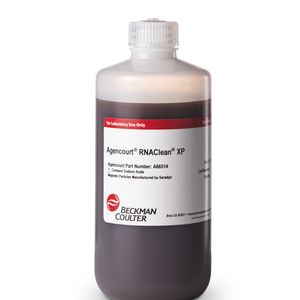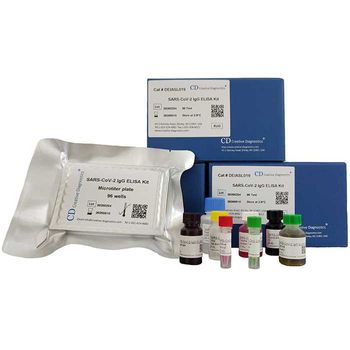
Interferon-omega (IFN omega) ELISA Kit | Creative Diagnostics
The interferons represent proteins with antiviral activity secreted from cells in response to a variety of stimuli. In mammals class I interferon (IFN) genes form a superfamily consisting of three gene families, the alpha interferon (IFN-alpha), the beta interferon (IFN-beta) and the interferon omega (IFN-omega) genes. IFN-omega was found to compete with IFN alpha2 for binding to the cell membrane receptor type I. Potent antiviral activity was observed for IFN-omega in various assay systems. Furthermore, antiproliferative activity of IFN-omega was shown for human carcinoma cell lines. Immunomodulatory effects can as well be ascribed to IFN-omega. Its physiological role is currently not known. IFN-omega is unrelated to other human IFNs in terms of its antigenic characteristics which means there is no cross reactivity of antibodies to IFN-omega with other IFNs and vice versa. Therapeutically administered IFNw may cause measurable serum concentrations in the corresponding patients. Monitoring of these IFN-omega serum levels provides an important tool in therapy.


